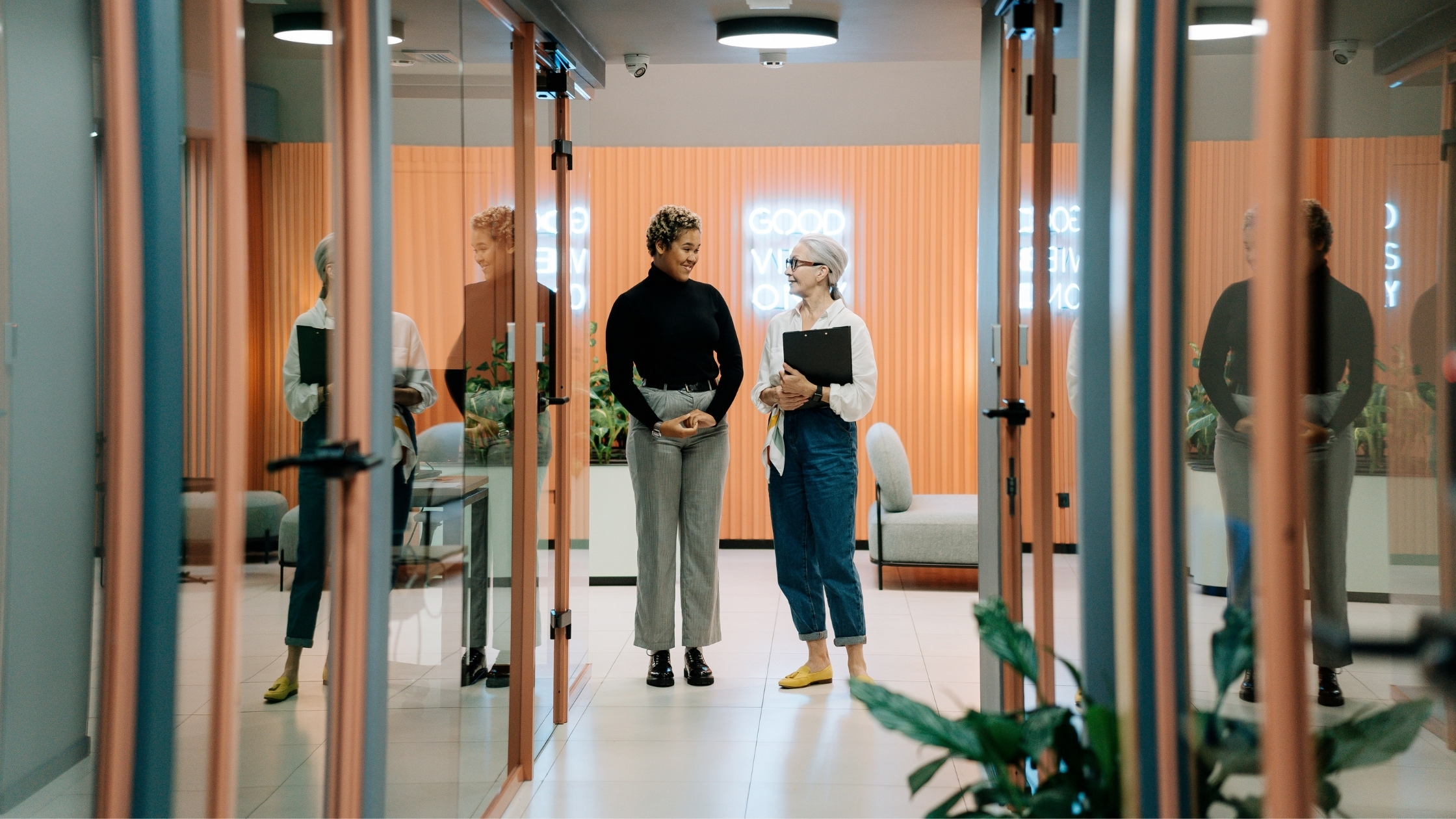Could share schemes solve the UK recruitment crisis?
This article is more than 3 years old. Some information may no longer be current. All this talk of the UK ‘recruitment crisis’, coupled with the...
Manage your equity and shareholders
Share schemes & options
Equity management
Migrate to Vestd
Company valuations
Fundraising
Launch funds, evalute deals & invest
Special Purpose Vehicles (SPV)
Manage your portfolio
Model future scenarios
Powerful tools and five-star support
Employee share schemes
Predictable pricing and no hidden charges
For startups
For scaleups & SMEs
For larger companies
Ideas, insight and tools to help you grow

Perks don’t keep people. Purposeful work does.
Most retention strategies lean hard on the usual suspects, such as salary bumps, flexible working, or wellness perks.
And while these can help, they often mask a deeper issue.
People don’t always leave because of what their company doesn’t offer, it’s because of what their role doesn’t give them.
Frustrating work, micromanagement, and lack of growth opportunities drive people away faster than a missing gym discount ever could.
If you want to retain great people, job design matters far more than most leaders realise.
Let’s be blunt: too many retention strategies are built on surface-level fixes.
Pay rises, extra holiday, and office snacks might buy temporary goodwill, but they won’t fix the deeper frustrations that push people to leave.
And here’s the real issue: most organisations don’t have an employee engagement problem. They have a job design problem.
Job design is how a role is shaped, including what someone is responsible for, how much control they have, how their work connects to the bigger picture, and whether they can grow.
It’s the structure that either enables great work or gets in the way of it.
If someone is stuck doing low-value tasks, constantly waiting on approvals, or unclear about how they’re making a difference, no perk will keep them around.
When the fundamentals of their role make sense, and when the work is satisfying, impactful, and theirs to own, that's a powerful driver of retention.
A Gallup study found that employees who feel their job uses their strengths are six times more likely to be engaged and 15% less likely to quit.
That starts with job design, not HR incentives.
The research shows that roles intentionally designed with clarity, challenge, and autonomy in mind lead to:
And the business case isn’t just theoretical. At Atlassian, when product teams were given full ownership of end-to-end features. Rather than working as siloed executors, delivery times improved and team engagement jumped.
If your employees are quietly disengaging or burning out, it’s time to stop tweaking your perks and start fixing your roles.
Good people don’t just want a job, they want a role that feels worth showing up for.
Of all the principles of good job design,autonomy has the biggest impact and is the most consistently overlooked.
Autonomy is the degree of control someone has over their work. People want to feel trusted, not managed.
When roles lack autonomy, work becomes performative. People do what’s asked, but little more.
“When people are given more autonomy at work, their wellbeing increases, and so does their performance. It’s not a nice-to-have, it’s a business imperative.” - Professor Karina Nielsen, University of Sheffield
Autonomy means giving people:
This doesn’t mean chaos. It means structure with trust.
Autonomy is strongly correlated with both job satisfaction and business outcomes. Research from McKinsey found that companies who empower frontline teams with greater autonomy see 20–25% improvements in both performance and customer satisfaction.
Autonomy turns roles into careers, and employees into owners.

You don’t need an employee survey to spot a lack of autonomy. There are visible, repeatable signs.
Here are five red flags:
“People only step up when you give them something worth stepping up for.” - Liz Wiseman, author of Multipliers
These signs aren’t personality issues. They’re system issues. Fix the role, and you often fix the person’s performance, too.
Retention doesn’t have to be a constant firefight. Instead of looking to perks, take a hard look at how your jobs are designed.
Give people real ownership. Remove friction and build clarity.
You’ll not only retain your best people, you’ll help them to perform to the best of their abilities.
If you want to go further, consider giving them a literal stake in the business. Vestd makes it simple to set up and manage employee share schemes, so your team’s sense of ownership becomes real.

This article is more than 3 years old. Some information may no longer be current. All this talk of the UK ‘recruitment crisis’, coupled with the...

It started during the pandemic lockdown when thousands of employees decided they would take the opportunity to start a new business or find a fresh...

Last updated: 7 June 2024.